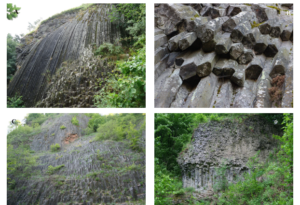The importance of the borehole core in aiding our understanding of the subsurface is generally underappreciated outside the geoscience world. The use of boreholes to access geological resources has a long history and the study of recovered core samples is still pivotal in modern geological and palaeoclimate studies. An example of the incorporation of a […]
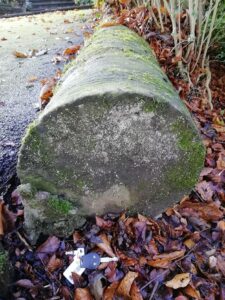
The exclusivity of biodiversity and geodiversity assessment hinders conservation outcomes, evidenced by the prioritization of biodiversity in conservation literature, and lagging developmental state in geodiversity assessment approaches, geoconservation strategies and outcomes. This study develops a consolidated approach, “omnidiversity”, amalgamating geodiversity and biodiversity assessment with geoconservation strategies and complementary ecological conservation criteria using ArcGIS mobile applications. […]
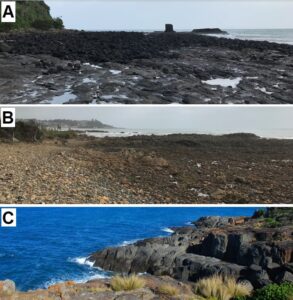
Geoparks in Australia have had a complex recent history. Following the demise of the former Kanawinka UNESCO Geopark in 2012, two potential UNESCO Global Geopark projects supported by local government agencies and embracing large areas were initiated in other Australian regions in 2016. These were for the Etheridge Geopark in Far North Queensland and the […]
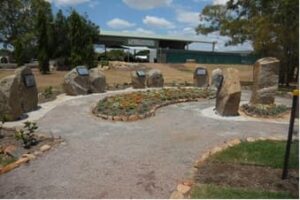
Life on Earth is influenced by abiotic nature, providing resources and shelter for living beings on the Earth. Hence, this part of nature should be well treated and protected. Study of geodiversity can facilitate education about abiotic nature and processes occurring around us. Geodiversity as a discipline is relatively young, but worthy of more attention […]
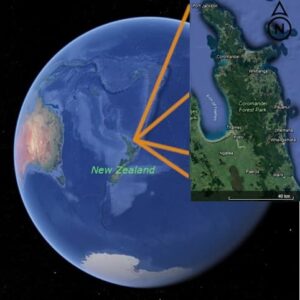
The designation of geological sites in Cuba is relatively new. During the early years of the 21st century some sites were proposed, but only in the province of Pinar del Rio have geosites been officially approved. Here we propose two further geosites, one at Cayo Sabinal (Camagüey Province) and the other at Cayo Coco (Ciego […]
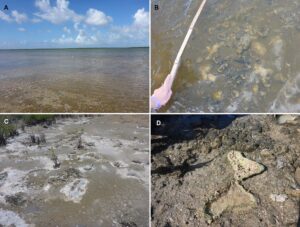
Over the course of the Earth’s history, the development of geodiversity has allowed the establishment of biotic diversity on our planet. Just as biodiversity is the subject of studies and protection actions, abiotic nature also needs to be conserved and used more sustainably. One of the ways to do this is to delimit areas where […]
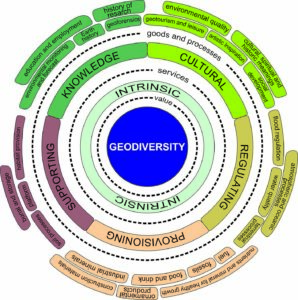
Geoconservation outcomes are hindered by highly subjective and conflicting criteria, varying assessment objectives, disparities in geoconservation strategy steps and the inadequate capturing and representation of geological data in dynamically changing inventories. Review shows that geoconservation outcomes are further hindered by the exclusion of quantitative geodiversity assessment from geoconservation strategies. A geoconservation toolkit is presented using […]
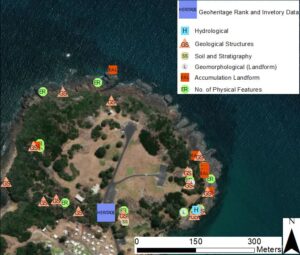
The new book edited by Dóniz-Páez & Pérez presents the experience and the findings of the multi-aspect research undertaken in the El Hierro UNESCO Global Geopark (UGGp) established in the Canary Islands of Spain for about a decade. Taking into account the general importance and the diversity of the topics considered in this book, the […]
The Regional Natural Park of the Monts d’Ardèche, located in south-eastern France, became the Monts d’Ardèche UNESCO Global Geopark in September 2014. This territory possesses significant volcanic features dating from the Miocene to the late Pleistocene. The UNESCO Global Geopark label helped to formalize a long-standing partnership with the University of Clermont Auvergne which includes […]
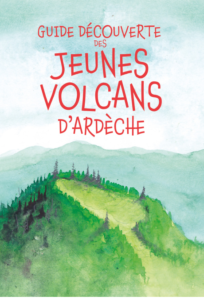
The Novohrad–Nógrád UNESCO Global Geopark is the first cross-border geopark located between Slovakia and Hungary, Eastern–Central Europe. “Ancient world without borders” – its motto reflects both the remarkable geodiversity and the strong link between people living on either side of the state border. In this relatively small area, almost all types of eruption products can […]
